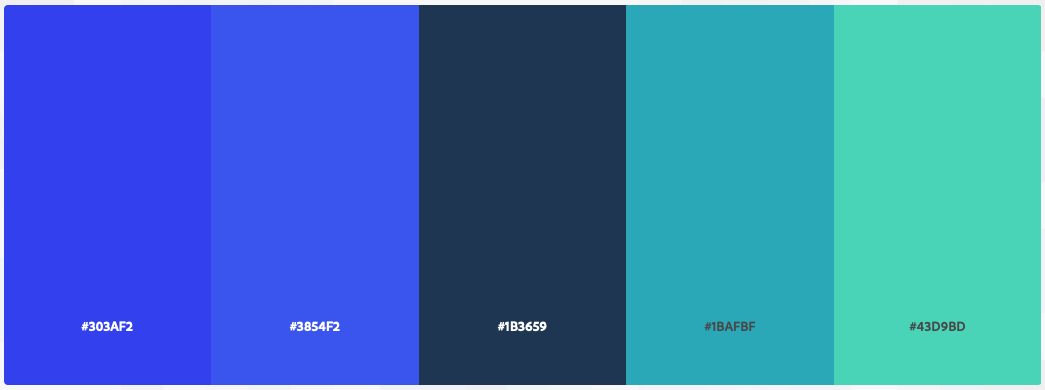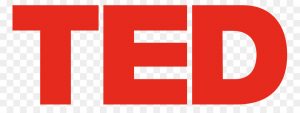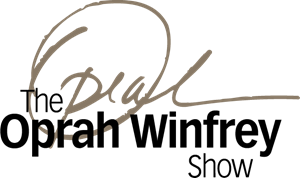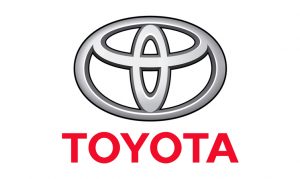The Sage Brand Archetype
The Sage brand archetype is a thinker. A philosopher. Their top priority is cognition and critical thinking. They seek to understand the world around them and doing so is their grandest adventure. To do this, they bring to bear great intelligence and analytical skills. They can be quick—sometimes too quick—to offer a fact or quote in any situation.
The sage brand seeks knowledge and shares that knowledge with others. In so doing, they aim to build a strong, loyal following that will keep them going forever. The sage brand dislikes misinformation, ambiguity and misleading claims. Sage brands exhibit higher than average insight.
These brands excel at using language and symbolism. They often differentiate themselves by publishing case studies and other pieces of literature that display their knowledge.
Knowledgeable
Sage brands are thinkers and philosophers who bring great intelligence and analytical skills to understanding the world.
Insightful
These brands seek knowledge and share it with others, building loyal followings through higher than average insight.
Truth-Seeking
Sage brands dislike misinformation and ambiguity, excelling at using language and symbolism to convey knowledge.
Strengths
Brand Promise: Provide wisdom and guidance
Goal: To educate.
Strategy: Become a thought leader.
Personality to project: The wise man, the expert, the investigator, the mentor.
Ideal Customer: Sage customers see value in lots of different sources of information. While they get their knowledge from many sources, they’ll come back to a valuable source again and again. The sage brand seeks to profit from this loyalty.
Color: Blue
Weakness
Weakness: This brand can come across as a know-it-all, their image can be compromised by incompetent executives, and they can be seen as out of touch.
Potential solutions:
- Maintain humility and acknowledge there’s always more to learn—avoid appearing as a know-it-all.
- Ensure leadership competence and maintain high standards across all levels of the organization.
- Stay connected with your audience and current trends to avoid seeming out of touch.
Suggested Color Palette
This is just a suggested palette. Colors should be selected based on a robust brand strategy and should be part of the brand identity development.


Sage Brand Examples

TED
TED stands for Technology, Entertainment and Design. It’s a non-profit, but it’s a stellar example of a sage brand. TED features talks by intellectuals from all walks of life, and they have a very loyal—and rapidly growing—fan base.

Oprah Winfrey
Since the late ’90s, the Oprah brand has focused on positioning itself as a source of wisdom and knowledge. Oprah utilizes a television network, magazine and book club to maintain her position as a thought leader.

Toyota
Since 2016, Toyota has been trying to differentiate itself from competitors like Honda and Hyundai by investing heavily in automated driving. The company has devoted over 1-billion dollars to the Toyota Research Institute.
Frequently Asked Questions
How can my brand demonstrate wisdom and provide guidance in its specific industry or niche?
Demonstrating wisdom and guiding a Sage brand archetype involves positioning your brand as a reliable source of information and insight within your industry:
- 1Content Creation: Regularly publish high-quality, in-depth content demonstrating your expertise through blog posts, whitepapers, research studies, or case studies.
- 2Thought Leadership: Be at the forefront of your industry by speaking at events, publishing in reputable publications, or contributing to industry research.
- 3Education and Training: Offer workshops, webinars, courses, or other educational resources that help your audience learn more about your field.
- 4Transparent Communication: Be open about your processes, strategies, and decision-making to show deep understanding of your field.
- 5High-Quality Products/Services: Ensure your offerings incorporate the latest knowledge and technology, proving competence and excellence.
- 6Customer Service: Provide top-notch service informed by deep industry understanding and customer needs.
Remember, the goal of a Sage brand is not just to demonstrate wisdom but also to share that wisdom with others, helping your audience make informed decisions.
How can my brand position itself as a thought leader and build a strong, loyal following like TED and Oprah have done?
Positioning your brand as a thought leader and building a loyal following involves establishing credibility, offering value, and fostering community:
- 1Provide Valuable Content: Consistently provide valuable, insightful, and unique content that educates, inspires, challenges, or provides new perspectives.
- 2Host Events or Platforms: Create webinars, conferences, or online forums where experts can share insights and engage with your audience.
- 3Collaborate with Experts: Partner with recognized experts for interviews, guest posts, webinars, or podcasts to provide valuable content and establish credibility.
- 4Engage with Your Audience: Develop relationships through social media, respond to comments, ask for feedback, and show you value their input.
- 5Consistency is Key: Consistently provide high-quality content and stay true to your brand’s mission and values to build trust.
- 6Innovation and Adaptability: Stay ahead of trends and adapt to changes, showing you’re knowledgeable, forward-thinking, and adaptable.
Remember, thought leadership isn’t achieved overnight. It takes time, effort, and a genuine commitment to providing value and fostering growth in your industry.
What strategies ensure the brand doesn’t come across as a know-it-all, a potential weakness of the Sage archetype?
Avoiding the “know-it-all” pitfall while sharing expertise requires humility, dialogue, and genuine empathy:
- 1Humility: Maintain a tone of humility and acknowledge there’s always more to learn. Your brand doesn’t have all the answers.
- 2Open Dialogue: Encourage feedback and discussions. Show you’re interested in learning from others, not just teaching.
- 3Empathy: Understand your audience’s needs, concerns, and challenges. Tailor content to address these genuinely.
- 4Accessible Language: Avoid overly complex language or jargon. Make your content clear and accessible to prevent pretentiousness.
- 5Practical Solutions: Focus on providing practical advice that your audience can apply, showing you’re knowledgeable, practical, and useful.
- 6Transparency: Be open about mistakes and learnings, showing your brand is on a journey of continuous improvement.
By maintaining humility, encouraging dialogue, and focusing on practical solutions, your brand can be seen as a valuable and approachable source of wisdom.
How can my brand leverage multiple sources of information to educate its customers, as Sage customers value diverse sources?
Leveraging multiple sources of information to educate customers can be powerful when your audience values diverse input:
- 1Diverse Content Formats: Utilize a mix of formats like blog posts, videos, podcasts, webinars, and infographics to cater to different learning styles.
- 2Expert Collaboration: Collaborate with other experts through guest posts, joint webinars, or podcast interviews to enrich your content.
- 3Curated Content: Share high-quality content from other reputable sources, showing you value and promote diverse perspectives.
- 4User-Generated Content: Encourage audience contributions through testimonials, case studies, or community forum posts.
- 5Research and Data: Use data and research from various sources to inform your content with evidence-backed insights.
- 6Interactive Learning: Consider quizzes, workshops, or online courses for engaging, personalized learning experiences.
By leveraging multiple sources of information, your brand can provide a rich, well-rounded education to its customers, enhancing its value as a Sage archetype.
How can my brand differentiate itself from competitors, as Toyota has done with its heavy investment in automated driving?
Differentiating your brand from competitors is crucial and can be achieved through various strategies, taking inspiration from Toyota’s innovative approach:
- 1Innovation: Be at the forefront of innovation by investing in R&D, adopting latest technologies, or developing new products/services.
- 2Expertise and Specialization: Specialize in a certain area, developing deep expertise and offering specialized products competitors don’t.
- 3Value Proposition: Clearly define what makes your brand unique—superior quality, exceptional service, sustainability, or other appealing aspects.
- 4Brand Story and Values: Communicate your brand’s mission, values, and story compellingly and authentically to resonate with customers.
- 5Customer Experience: Offer unique, outstanding experiences through seamless shopping, personalized service, or unique in-store experiences.
- 6Partnerships: Strategic partnerships can help differentiate your brand through exclusive products or collaborations with influencers and experts.
Remember, differentiating your brand is about offering unique value that meets and resonates with your customers’ needs, not just being different.
